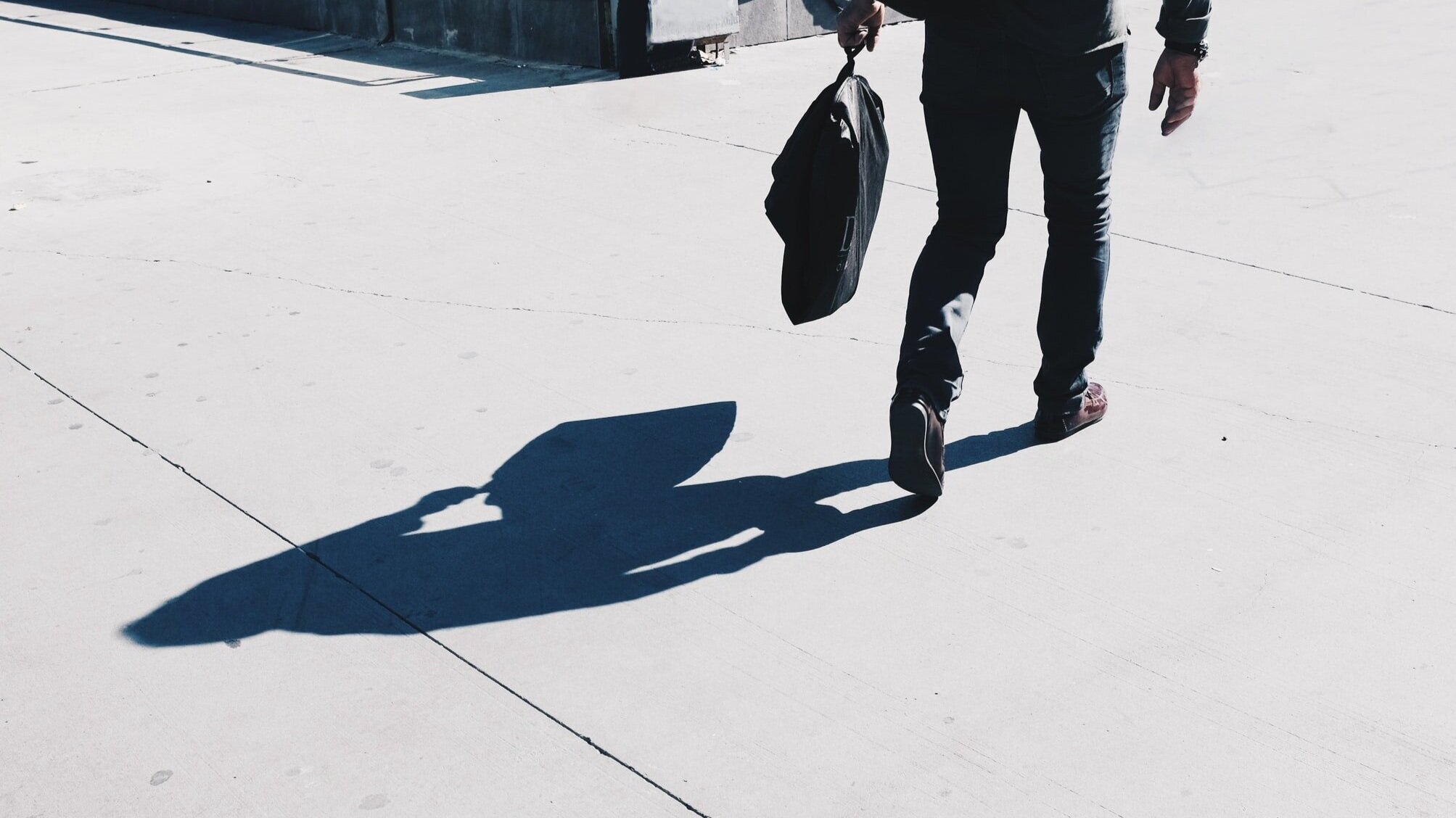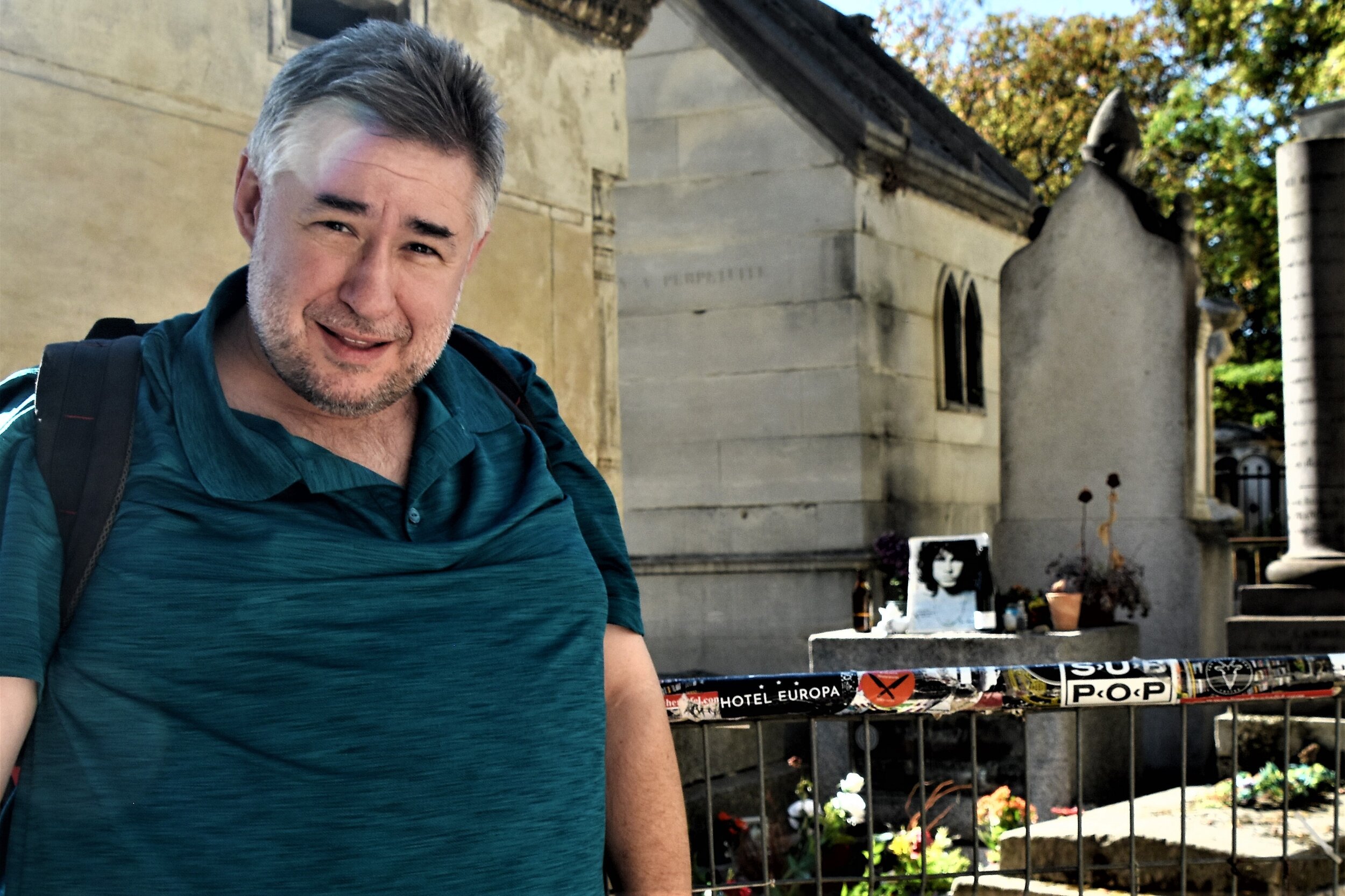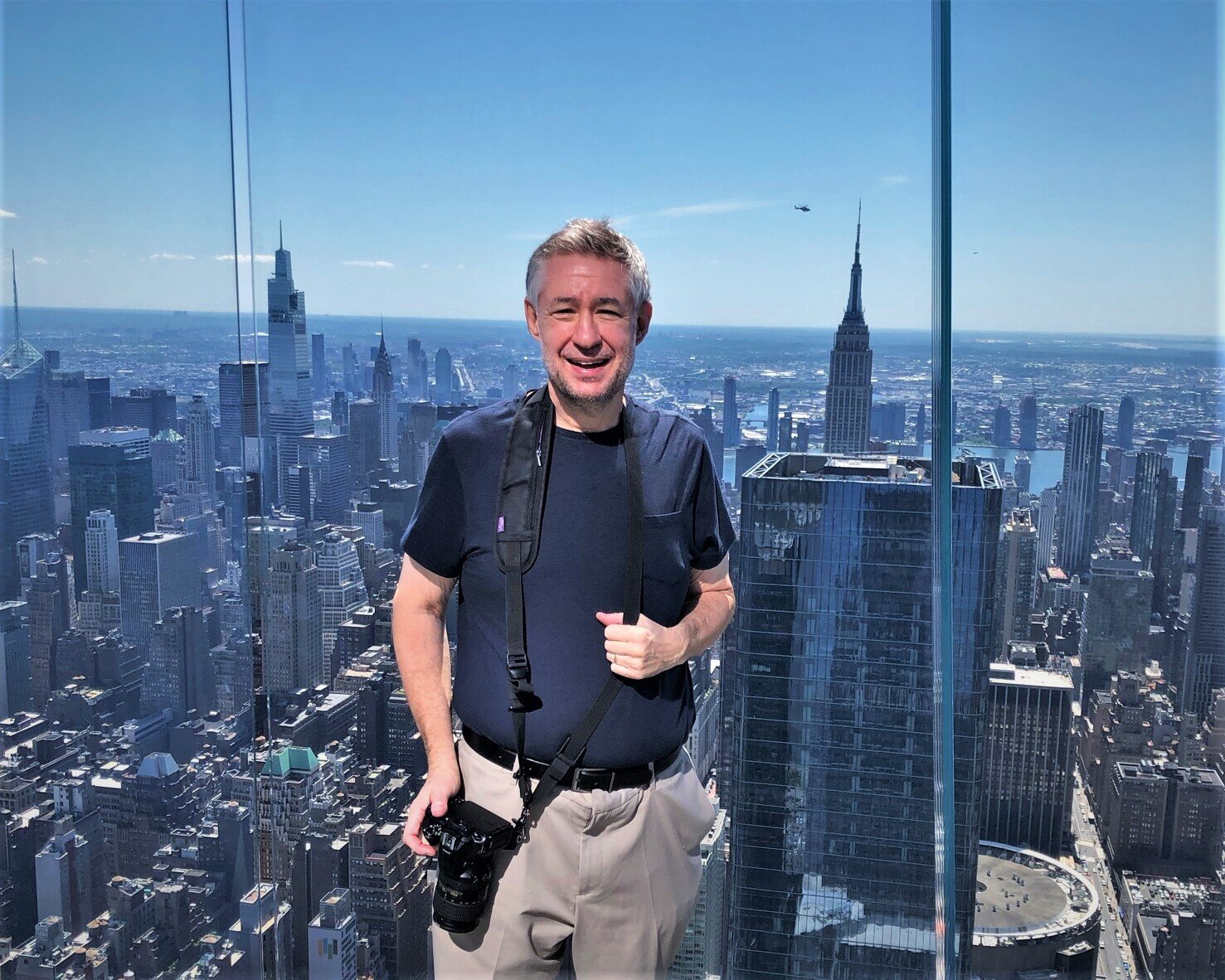This Stuff Works—I’m Living Proof
Image via Unsplash.
As a planner and planning storyteller, I love walkable places; mixed-use, wide sidewalks; bike paths; premium transit; parks; transit-oriented development; compact development; and the like. But for many years, I wasn’t good at practicing what I preached.
Then COVID hit and I could work from home, so I wasn’t in the car to commute to an office.
That meant a chance to break free of the drive-thru greasy lunch break, or bringing home a supersized pizza on a slight detour on the way home.
I took advantage of living between two major urban corridors—Miami’s Calle Ocho and Coral Way—and walked to pharmacies, markets, hardware stores, and other places for daily needs.
I bought local food and cooked lunch for my also-working-from-home spouse.
We walked all over the neighborhood, masked, and we documented and shared with the city every broken sidewalk, messed-up crosswalk, vacant lot, derelict house, and broken bus bench in a vast swath of urban Little Havana.
When we wanted to go someplace outdoors and different, we drove. But we did what planners strive for in 24-7 downtowns and Main Streets: We parked the car once and walked—all over Brickell, Coconut Grove, Miami Beach, Coral Gables, and beyond.
When it was safe to travel to Manhattan for a major project in May (after I got the second dose of the COVID vaccine), I vowed to not take a taxi, car service, or rideshare…even from JFK. I used transit.
I stopped in Jackson Heights on the way into Manhattan and walked all over that diverse neighborhood. Instead of using two train connections, I walked further to catch a train that would get me to within five blocks of my destination. I used the ferry to go to Long Island City and I ran along all the relatively-new public spaces and parks on the East River, with spectacular skyline views to the west.
Back home, we are very close to transitioning from a two-car to one-car family.
The payoff for all of this?
Today, I weigh 175 pounds. I just had a physical and dozens of measures of health are in the upper (good) percentile for a 55+ man.
A year and a half ago, I weighed 310 pounds. I actually walked quite a bit in Europe on vacation, but my bloodwork produced stats of a man who should be looking at favorite cemeteries for burial rather than planning for teaching and consulting in semi-retirement in the not-so-distant future.
I do the steps now. My joints don’t hurt. I don’t sweat standing still, and I haven’t been sick since I started to take advantage of the urban lifestyle, healthy living plan.
Compact development and investing in existing Main Streets and the city core works.
It prevents us from wasting millions (make that billions) of dollars on the Suburban Experiment that never lives up to its promises for the city budget.
It works in towns small, medium, and large. It doesn’t take your sedan away or force you to live in a 300-square-foot, hipster walkup apartment over a liquor store in a blighted part of town.
Building—or in most cases, rebuilding—a Strong Town simply gives options. My wife uses a wheelchair for mobility; the efficiency of a wheelchair-ramp-equipped van (to overcome broad gaps in transit and connectivity in Greater Miami) makes sense for us.
We live in a 100-year-old, accessibility-adapted small house, on the smallest buildable lot, in a dense urban neighborhood. So we are proof that you don’t have to move into a condo or apartment tower to support smart urban growth.
It’s all about flexibility and options: housing, transit, and workplaces that meet a broad spectrum of training, talent, income, and physical ability. The approach to development patterns and spending that Strong Towns advocates for is a clear route to inclusion, equity, and accessibility.
It eliminates bond issues for three-lane roads to the newest exurb and new expanded highway lanes that don’t actually reduce traffic congestion.
It also pays a pretty nifty benefit: If you simply eat more fresh, local, healthy food, and walk around a lot (note: demand more walkability and connectivity if your town lacks it) you regain your physical and mental health…and your future.
Steve Wright (@stevewright64) is a writer, disability rights activist and marketer of design services. He has 35 years of expertise in planning for the built environment. His byline has appeared in hundreds of newspapers, magazines, and online publications. The Miami-based Wright was overweight for nearly a half a century until he finally practiced what he preached and took advantage of walkability, local food, and parks. He blogs daily at Urban Travel, Sustainability & Accessibility.



